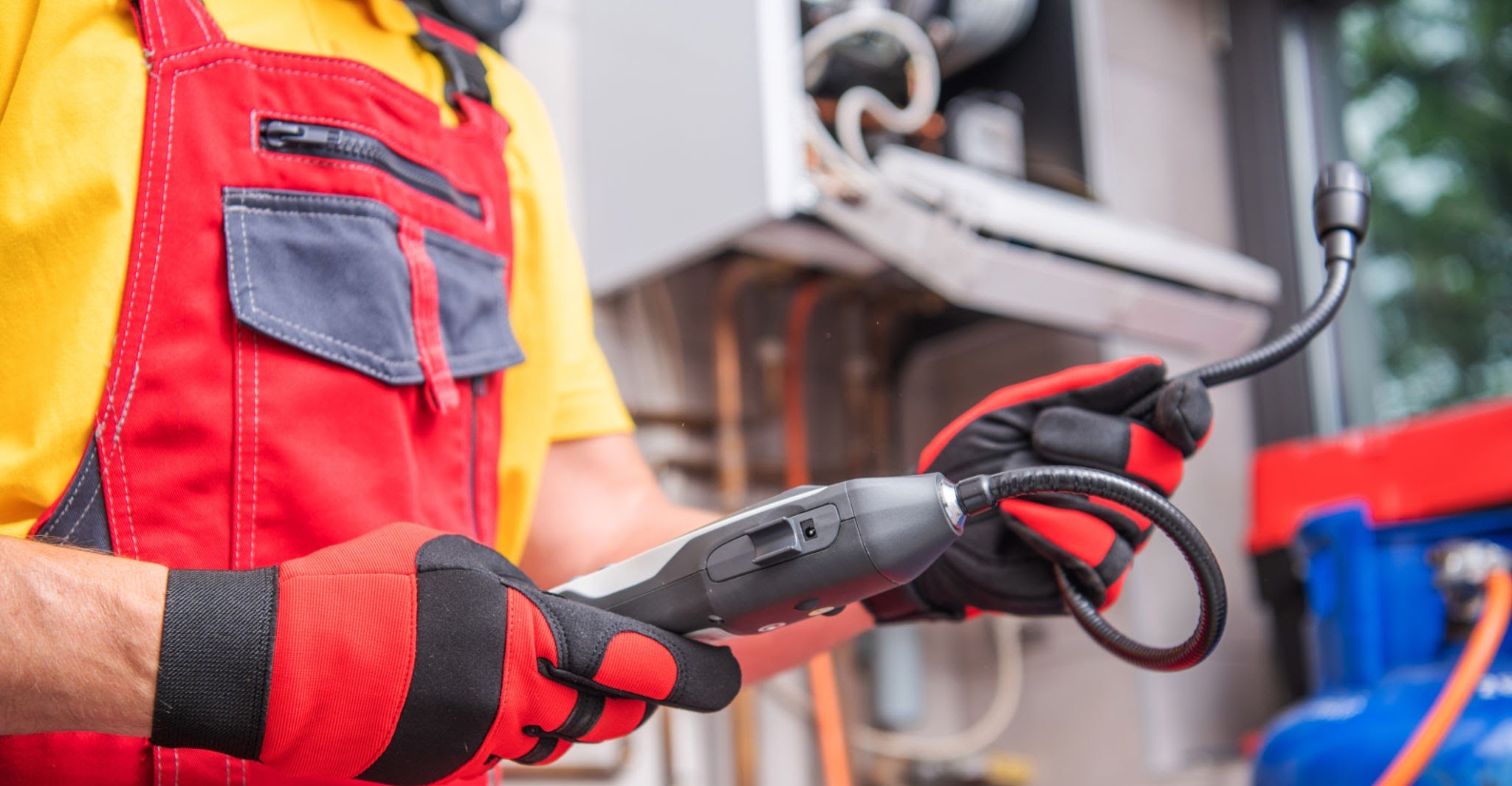Gas Detectors Explained: Insights, Basics, and Key Facts for Safety and Awareness
Gas detectors are specialized devices designed to identify the presence of hazardous gases in the air. They serve as early-warning systems, alerting individuals and organizations to potential leaks, toxic exposure, or flammable conditions. The concept of gas detection exists to prevent accidents, safeguard human health, and protect the environment from pollution or explosions.
Historically, methods such as canaries in coal mines
Historically, methods such as canaries in coal mines were used to detect toxic gases. Today, advanced technologies such as electrochemical sensors, infrared detectors, and catalytic sensors allow precise monitoring. Gas detectors are now widely used in industries like manufacturing, mining, healthcare, oil and gas, and environmental monitoring.

Importance – Why Gas Detectors Matter Today
Gas detectors play a critical role in maintaining safety standards across industrial, commercial, and residential settings. Their importance has grown with modern urbanization, industrial growth, and heightened awareness of environmental risks.
Why they matter today:
-
Health protection: Detect toxic gases like carbon monoxide, hydrogen sulfide, and chlorine before they reach dangerous levels.
-
Fire and explosion prevention: Identify flammable gases such as methane or propane early.
-
Environmental safety: Track greenhouse gases and pollutants contributing to climate change.
-
Regulatory compliance: Ensure industries meet workplace safety and emission standards.
-
Community protection: Provide early warnings to reduce risks of large-scale accidents.
Who is affected:
-
Industrial workers exposed to chemical processes.
-
Communities near factories or refineries.
-
Environmental organizations monitoring air quality.
-
Households seeking protection against carbon monoxide or natural gas leaks.
By solving problems related to occupational hazards, air pollution, and safety risks, gas detectors help protect lives and ecosystems.
Recent Updates – Trends and Developments (2024–2025)
The field of gas detection has advanced significantly in recent years, integrating technology, sustainability, and global safety priorities.
Key updates:
-
Smart gas detectors: In 2024, devices with IoT connectivity became more widespread, enabling real-time monitoring and alerts on smartphones.
-
AI integration: By 2025, machine learning algorithms began improving predictive maintenance, reducing downtime, and preventing false alarms.
-
Miniaturization: Portable gas detectors became lighter and more efficient, increasing adoption among field workers.
-
Climate change awareness: Growing concern about methane emissions drove demand for advanced leak detection in 2025.
-
Green energy transition: Hydrogen safety monitoring gained importance as industries shifted toward clean energy solutions.
| Year | Trend | Impact |
|---|---|---|
| 2023 | Growth of portable detectors | Enhanced worker safety |
| 2024 | IoT-enabled devices | Real-time data and alerts |
| 2024 | AI-based monitoring | Reduced false alarms |
| 2025 | Focus on methane detection | Stronger climate action |
| 2025 | Hydrogen safety measures | Supported renewable energy use |
Laws or Policies Affecting Gas Detectors
Governments worldwide enforce laws and standards to ensure proper use of gas detection systems. These regulations promote workplace safety, reduce accidents, and minimize environmental harm.
Occupational safety regulations
-
Agencies such as OSHA in the United States and HSE in the UK mandate the use of gas detectors in hazardous workplaces.
-
Exposure limits are established for toxic gases like hydrogen sulfide and carbon monoxide.
Environmental policies
-
Regulations require monitoring of greenhouse gas emissions to address climate change.
-
Leak detection standards apply to methane emissions from oil and gas industries.
Building codes and public safety
-
Many regions require carbon monoxide detectors in homes, schools, and commercial spaces.
-
Fire safety codes mandate detectors in enclosed industrial facilities.
International standards
-
ISO and IEC provide guidelines on gas detector performance and safety.
-
Compliance ensures reliability and consistency across industries.
Tools and Resources for Gas Detection
Modern tools and resources make gas detection more efficient, user-friendly, and accessible to different sectors.
Practical tools
-
Fixed gas detection systems for factories and labs.
-
Portable handheld devices for field inspections.
-
Wearable detectors for individual worker protection.
Digital resources
-
Mobile apps connected to IoT detectors for instant alerts.
-
Online databases with safety guidelines and gas exposure limits.
-
Software platforms for data analysis and compliance tracking.
Educational resources
-
Occupational safety agencies providing training materials.
-
Environmental organizations publishing air quality insights.
-
Industry associations sharing best practices.
| Category | Examples |
| Practical Tools | Fixed detectors, portable monitors, wearable devices |
| Digital Apps | IoT dashboards, mobile alerts, compliance trackers |
| Learning Resources | OSHA, WHO, EPA, ISO guidelines |
| Community Support | Safety campaigns, environmental monitoring programs |
FAQs About Gas Detectors
What gases do detectors typically measure?
Common gases include carbon monoxide, methane, hydrogen sulfide, chlorine, and oxygen levels for confined spaces.
How often should gas detectors be calibrated?
Most detectors require calibration every 6 to 12 months, depending on usage and manufacturer guidelines.
Are portable gas detectors reliable?
Yes, modern portable detectors provide accurate readings and are widely used in industrial and emergency settings.
Can gas detectors help reduce climate change risks?
Yes, by detecting methane and other greenhouse gases, detectors help industries reduce emissions and comply with climate regulations.
Do households need gas detectors?
Yes, carbon monoxide and natural gas detectors are recommended for homes with heating systems, fireplaces, or gas appliances.
Conclusion
Gas detectors are vital tools for ensuring safety in industrial, residential, and environmental contexts. They protect workers, communities, and ecosystems by identifying hazardous gases early. Recent developments in IoT, AI, and sustainable monitoring have enhanced their effectiveness. With global regulations and awareness campaigns, gas detection continues to evolve as a cornerstone of safety and environmental protection. By leveraging modern tools, educational resources, and compliance frameworks, individuals and organizations can contribute to safer workplaces and healthier environments.